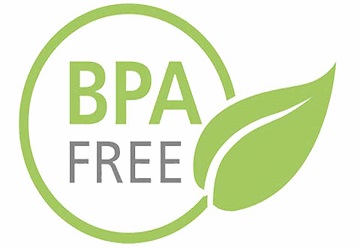BPA

What is BPA?
“Bisphenol A” is a chemical used in the production of plastics and epoxy resins since 1960’s. Most commons uses are containers for food and water. It is also use to coat food cans, water pipes, and even seals used in medical equipment.
Is it safe?
According to the FDA, small amounts that is transferred to consumables is safe, but studies are ongoing. Some research has linked BPA to brain, prostrate glans in fetuses, infants and small children. Content of BPA in the body is evident in about 90% of the population based on thousands of urine sampling on humans six years or older. The statistic worsens based on the body weight, size and age of the subjects, leading us to believe that we must be the most careful with our youngest generations.
How does BPA get into my body?
Some contamination could take place through the air, but most through our diet.
Should I be concerned?
Yes, although studies continue, there is no need to take chances, particularly if you have children or older in the house. The evidence so far indicates you should be concern, so be careful
How do I protect myself and family?
Very easy- be aware on the type of plastics in your home, and if they are not BPA Free try to avoid using for storage or heating of food items.
- Use ceramic ware or glass to heat food on microwaves
- BPA is used to line the inside of cans holding food. Reduce or avoid canned food altogether
- Store food in glass, porcelain or steel containers
- Baby bottles should be BPA Free
- Reduce use of single use water bottles and help the environment at the same time.
- If you do purchase plastic make sure is BPA Free
